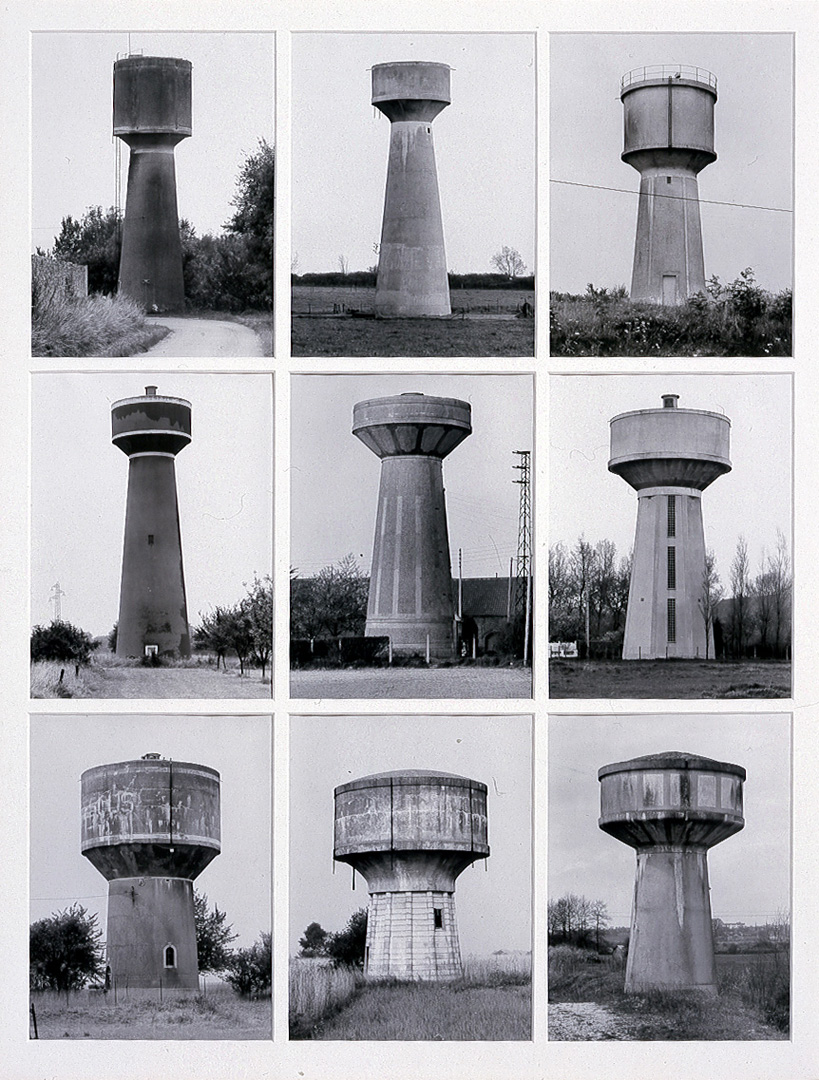PHOTOSHOOT PLAN:
WHO
I will be taking the photos in an urban setting, not specifically focusing on nature such as trees and other plants they may be in my desired location, or people although they may be in the shot.
WHAT
My photoshoot will focus on urban structures within the city, such as general architecture of buildings, bridges, roads and crossings, as well as historical buildings such as churches. a large proportion of the city has derelict and empty buildings which could also be interesting to photograph.
WHERE
My photoshoot will take place within the city of Gdansk in the north of Poland, mainly in the old town areas I will also be able to take photographs from higher up, for example the balcony of the apartments and the top of the church viewing platform, which will give my photographs a range of angles and perspectives.
WHEN
I will take this photoshoot on the 24th October, during the morning, between 7am and 11:30am, the weather will be cloudy, however this may potentually give more focal point of the infrastructures I am taking photographs of as I walk around.
WHY
I have chosen this location due to its range of beautiful architecture and large towering buildings to give my photographs a variety of a high angle, low angle, or canted angle shots. I have chosen this time period as there may be some sun coming through the clouds in the morning, altering the colour of objects in my photos.
HOW
Due to the constant moving around that I will be doing during the photoshoot, in order to complete walking around the city, my photos may become blurred and I will be taking photos while walking (not using a tripod). To prevent blurred and unfocused images, I will change the camera settings, to a hight ISO of 1600, a fast shutter speed of 1/320 and an aperture of f/14.
EXPOSURE OF A PHOTO RELIES ON THE EXPOSURE TRIANGLE:

Because I have chosen to have a fast shutter speed to help take photographs quicker, the amount of light entering the camera is minimised. to help create a brighter image, I have to increase the ISO from 200, to 1600, in order to capture a brighter image.


























































